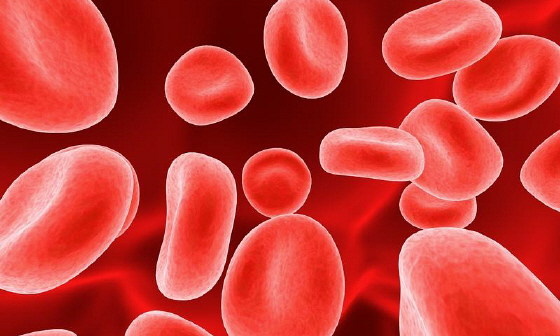WAKING
Waking up is the most unnoticed sensory
experience there is. There is no conscious decision made in order to wake up.
The brain sends hormones to all points of the body and this stimulates brain
activity to reactivate into a 'waking state'. But the muscles in your body are
the ones most affected by this event.
When you first move your muscles as you
wake up the tension in them from being motionless for such a long period of
time is higher then when they have been used during the day. For this reason,
when you first stretch out your limbs and your back a huge flood of oxygenated
blood flows to the muscles. This is used to shock the muscles into motion.
However, it is often unnoticed as when we wake up we are often so disorientated
by our brain activity that we cannot feel our bodies.
Stretching is the act of supplying more
blood to the muscles being stretched, shocking them into movement, it is a way
of spurring energy into us as we wake up.
An interesting point to mention is that
our heart rate is higher as we wake up then our resting rate as we are awake.
Our brain sends signals to our lungs to breath faster and deeper and our body
temperature drops. These are all ways of shocking our muscles into
activity.
For this sensory experience I will be
looking more in-depth documentation into the experience of stretching our
muscles as we wake up. The feeling of disorientation can often cloud our
experience of waking unless we can focus on it.
VERTIGO
Vertigo is the sensation of dizziness,
nausea and unbalance. It can affect people very differently. Vertigo is
actually affecting us all the time, the small canals of the inner ear hold
fluid that controls our equilibrium when moving our heads. It can gauge the
speed of movement, rotation and acceleration to balance our
bodies.
The feeling of vertigo is the sense that
other objects are moving around you and also the sense that you are moving when
other objects should be. Vision is blurred, fuzzy and/or hard to focus on small
objects. Details can be hard to notice on objects. Your hands will sweat and
shake and your knees will feel weak. Heart rate elevates and the feeling of
your stomach turning is quite recognizable, similar to the feeling of
being on a roller coaster.
TEXTING AND WALKING - PERIPHERAL VISION
Peripheral vision is probably the most
useful sense that us humans have. It is the ability to focus on small details
whilst still being able to notice events that happen around your field of
vision. It is most useful in dangerous situations where our eyes are looking
for small details whilst having to be aware of the larger events happening
elsewhere.
So when anyone walks down a street they
are using their peripheral vision to navigate obstacles that may be coming
past. It is also important to mention that peripheral vision is a result of a
balanced equilibrium which controls motion awareness and kinematic
awareness.
Peripheral vision is more desaturated and
blurred then focused objects making them harder to notice. Peripheral vision
can see large flashes of objects and colour. The association process come from the
way the brain interprets the image. So some sense of the image can be made. For
instance, peripheral vision cannot see the details of a persons face as they
walk past you but you still understand that a person just walked past because
the shape and colour of the object can be associated to a entire catalogue of
images that look familiar. This can explain the phenomena of skewed perception
of objects. This is when a person uses the phrase "from the corner of my
eye" this is because there is no memory of the image because it was never
in focus and thus never recognized.






No comments:
Post a Comment